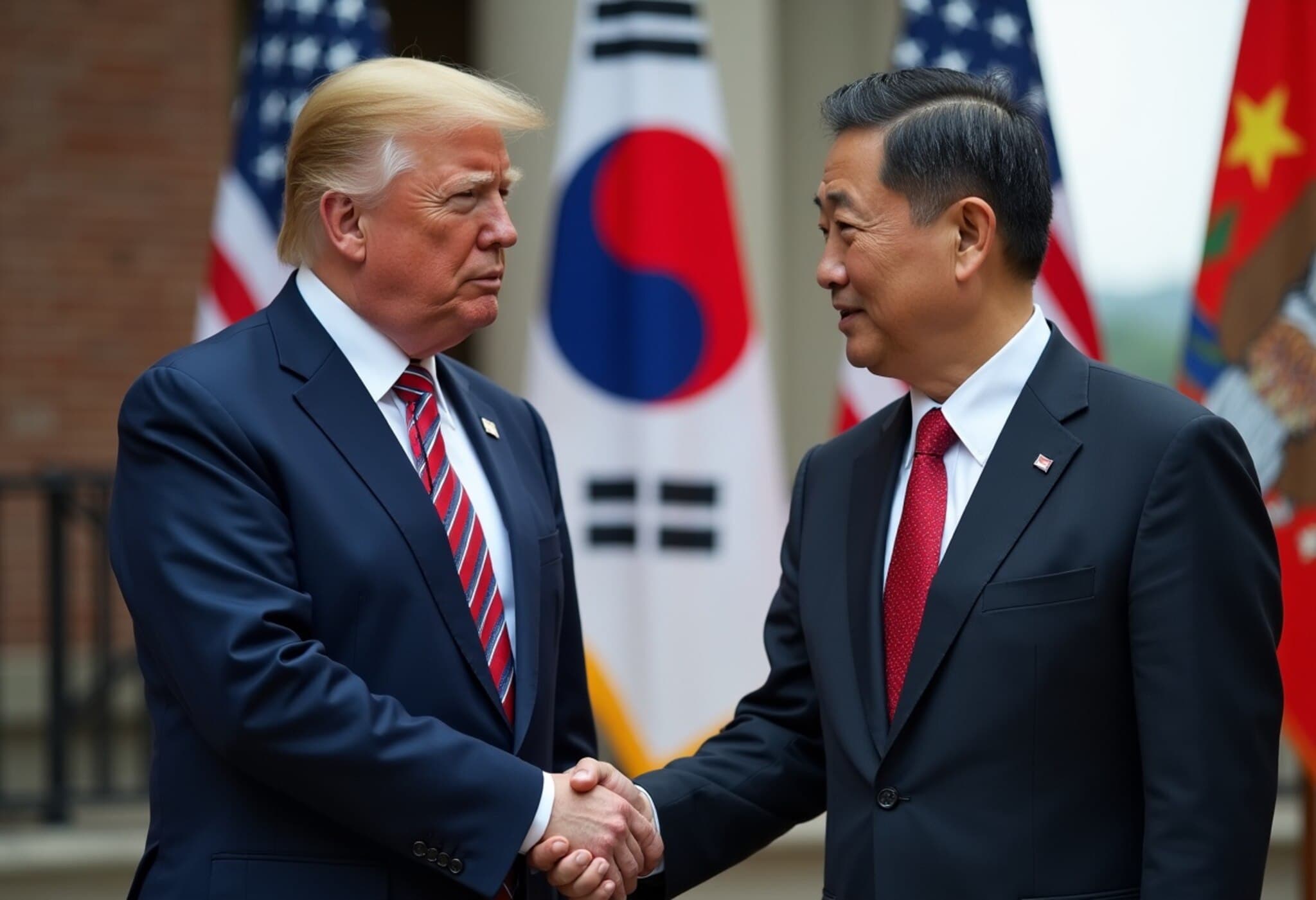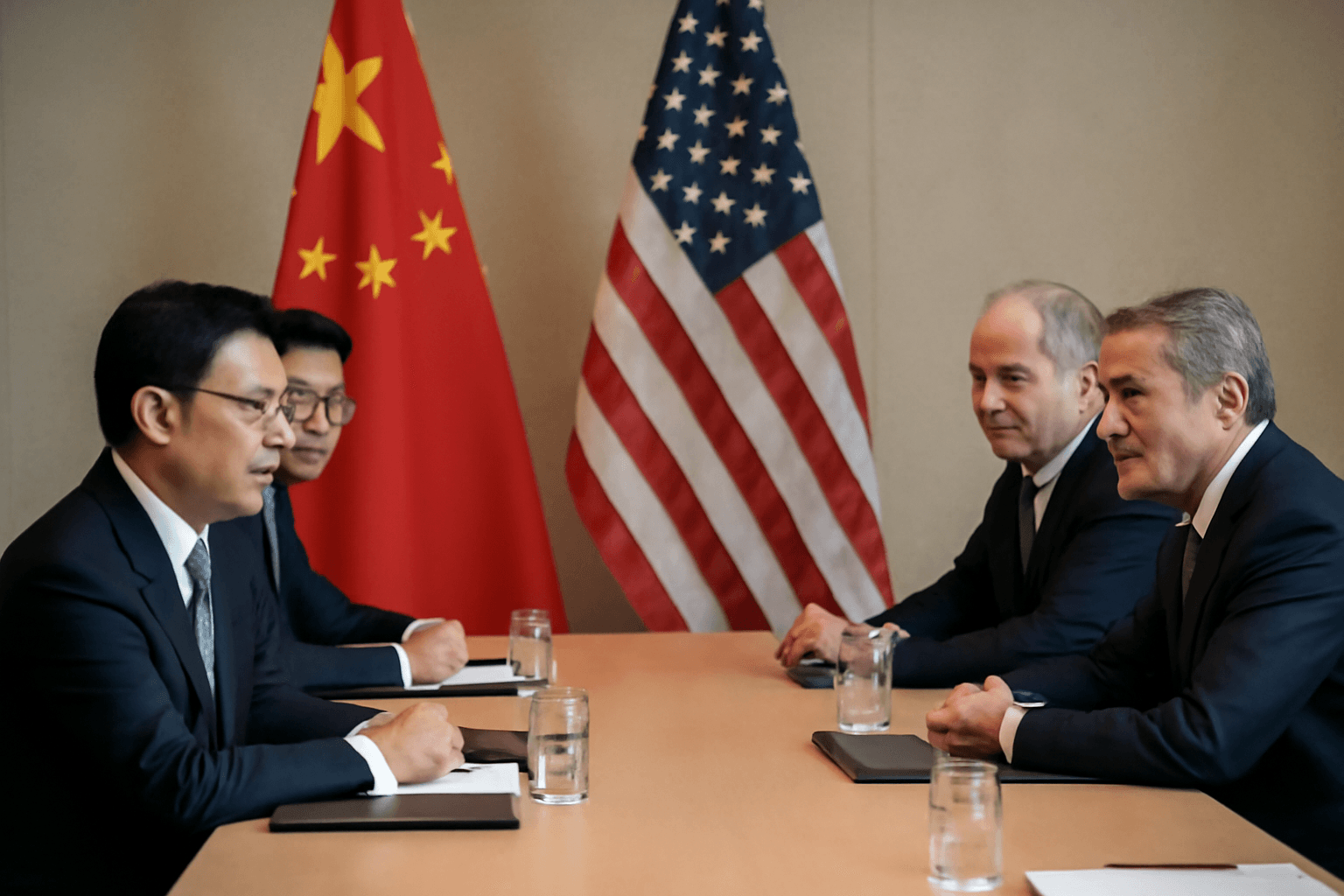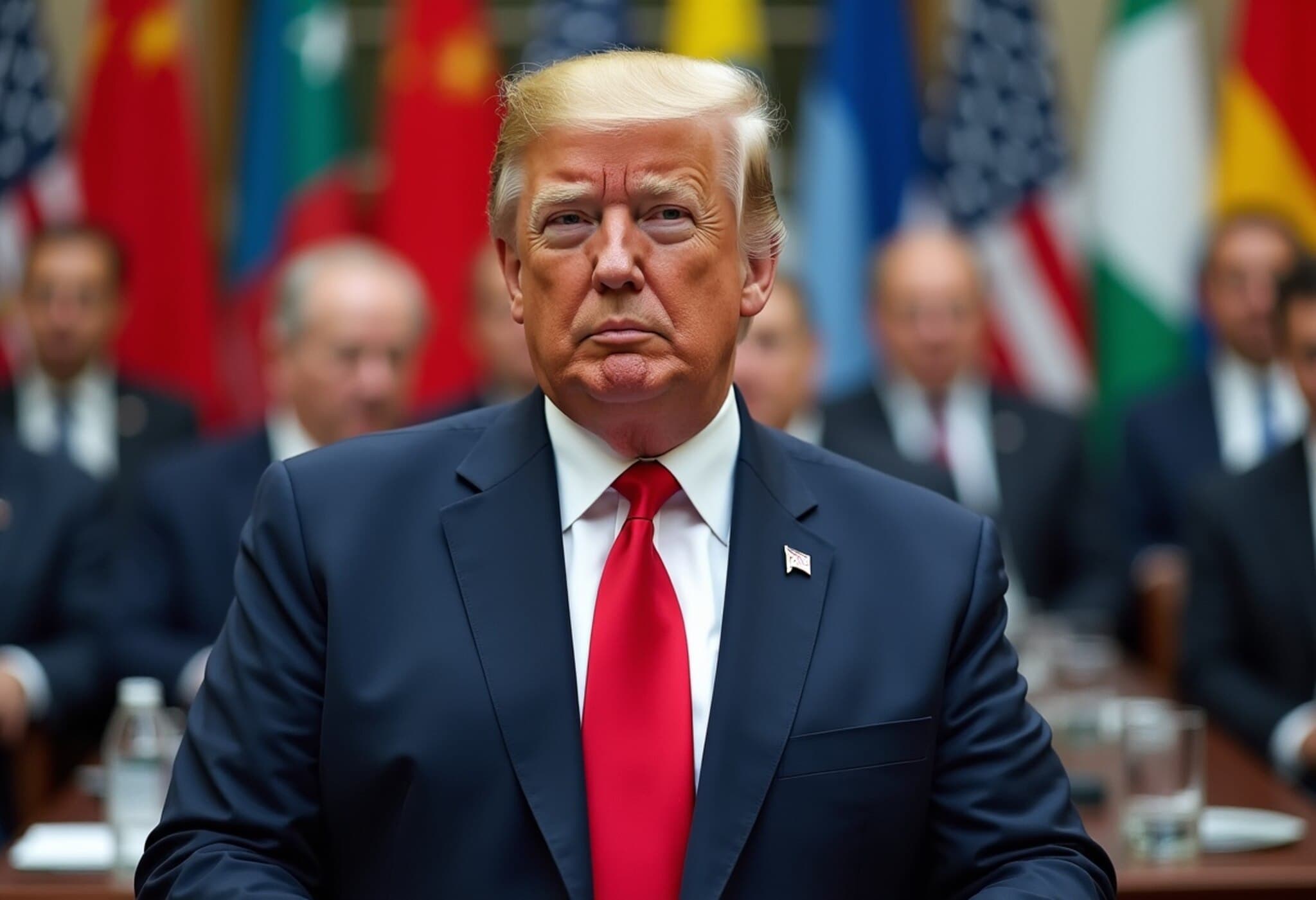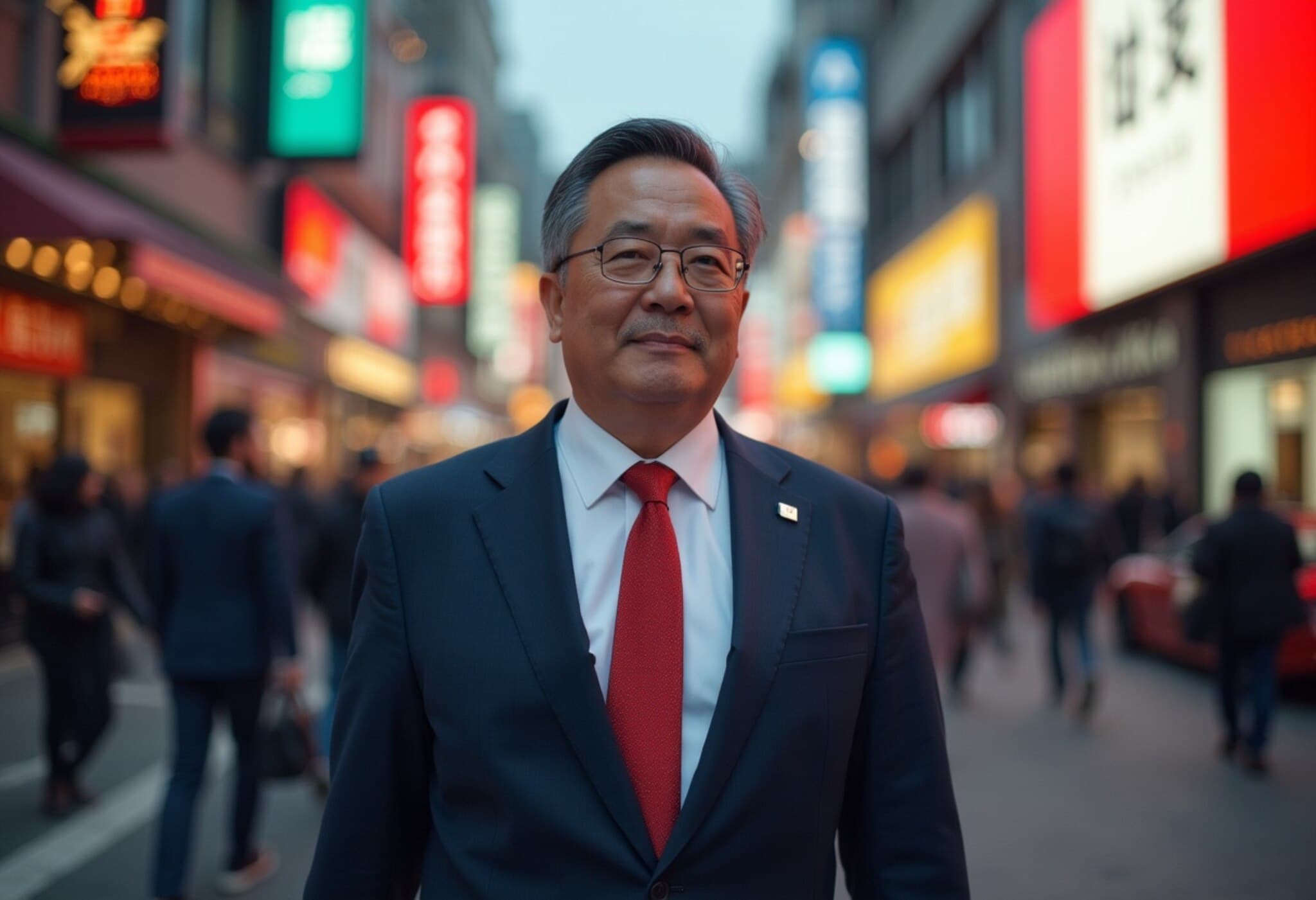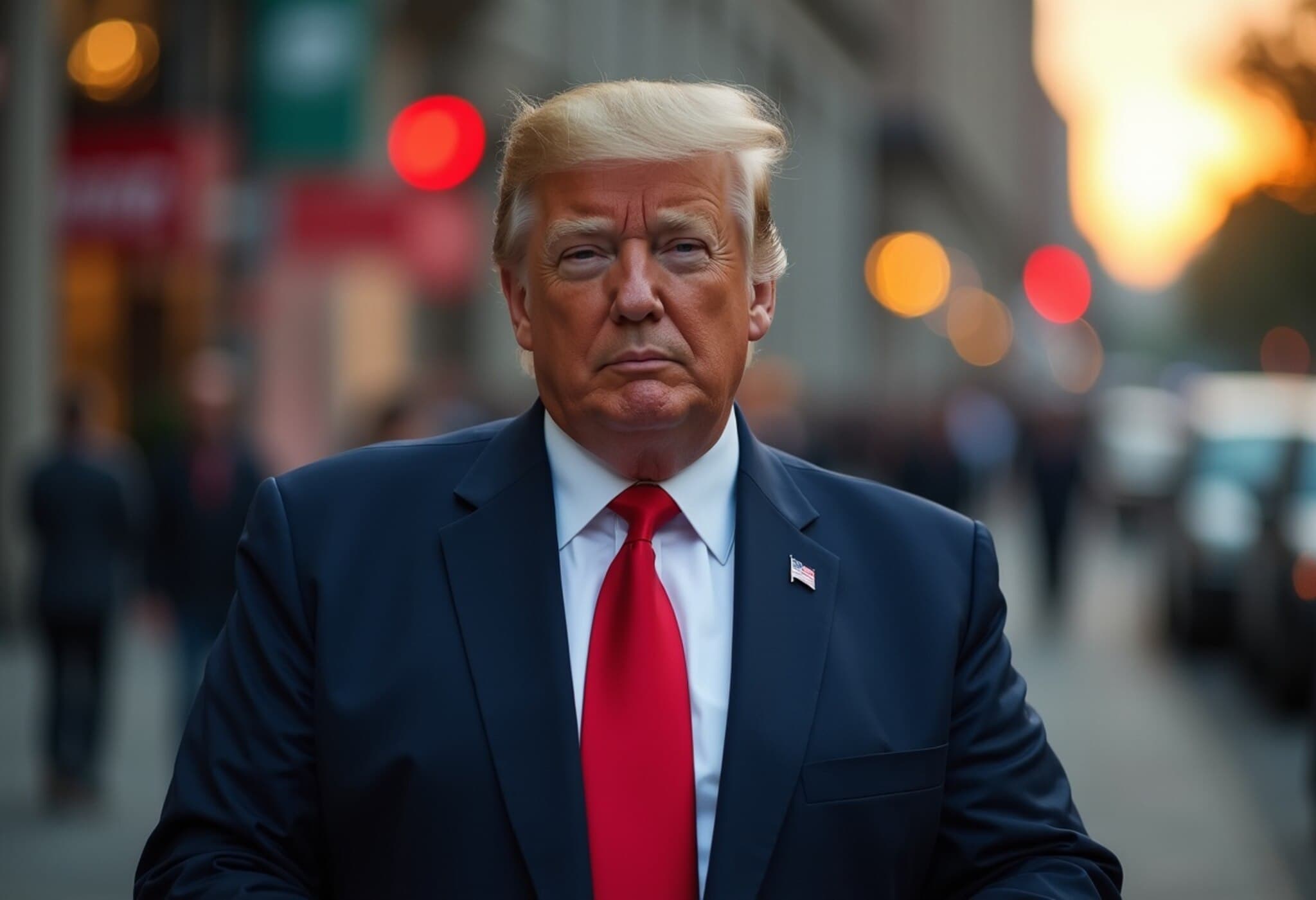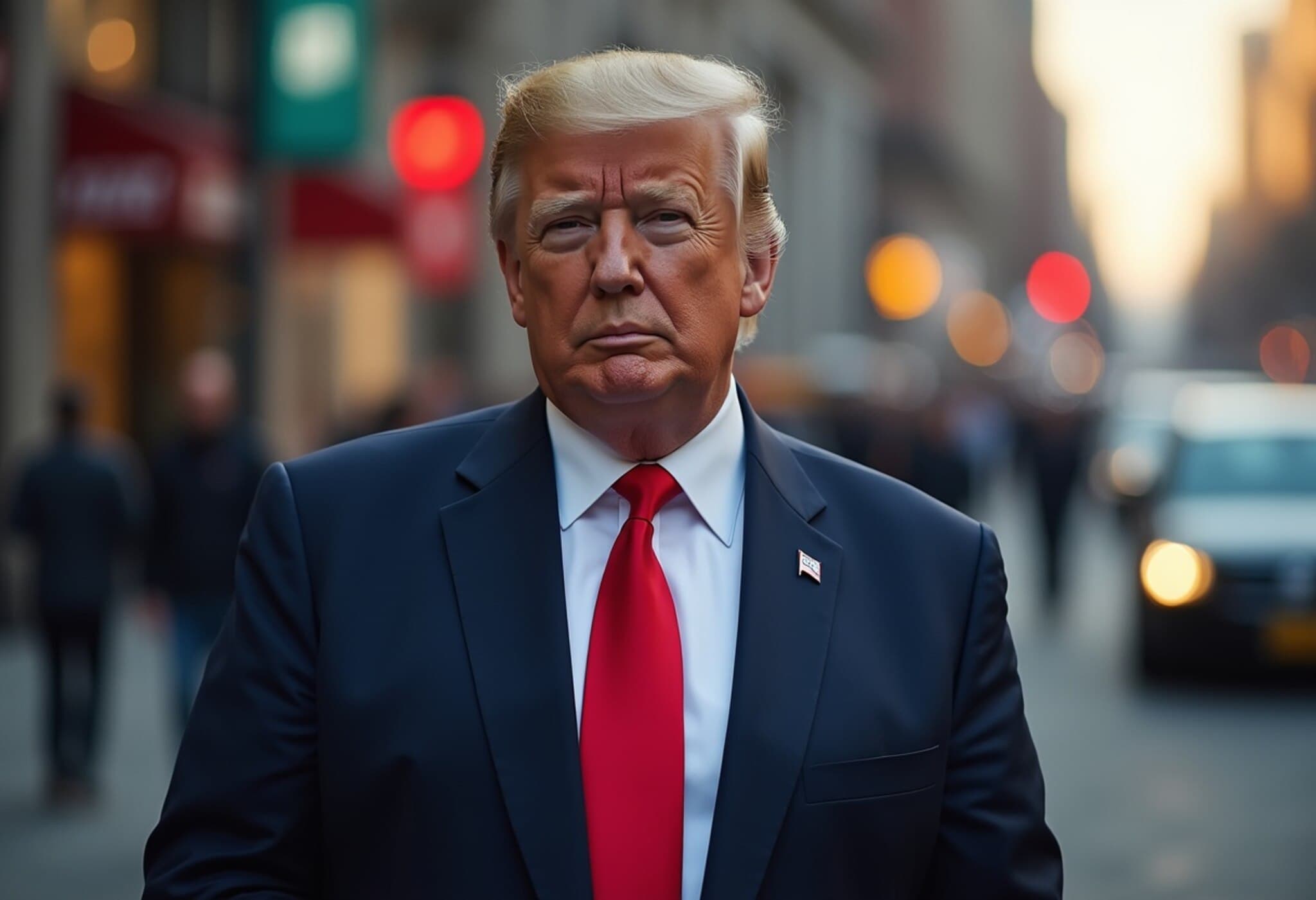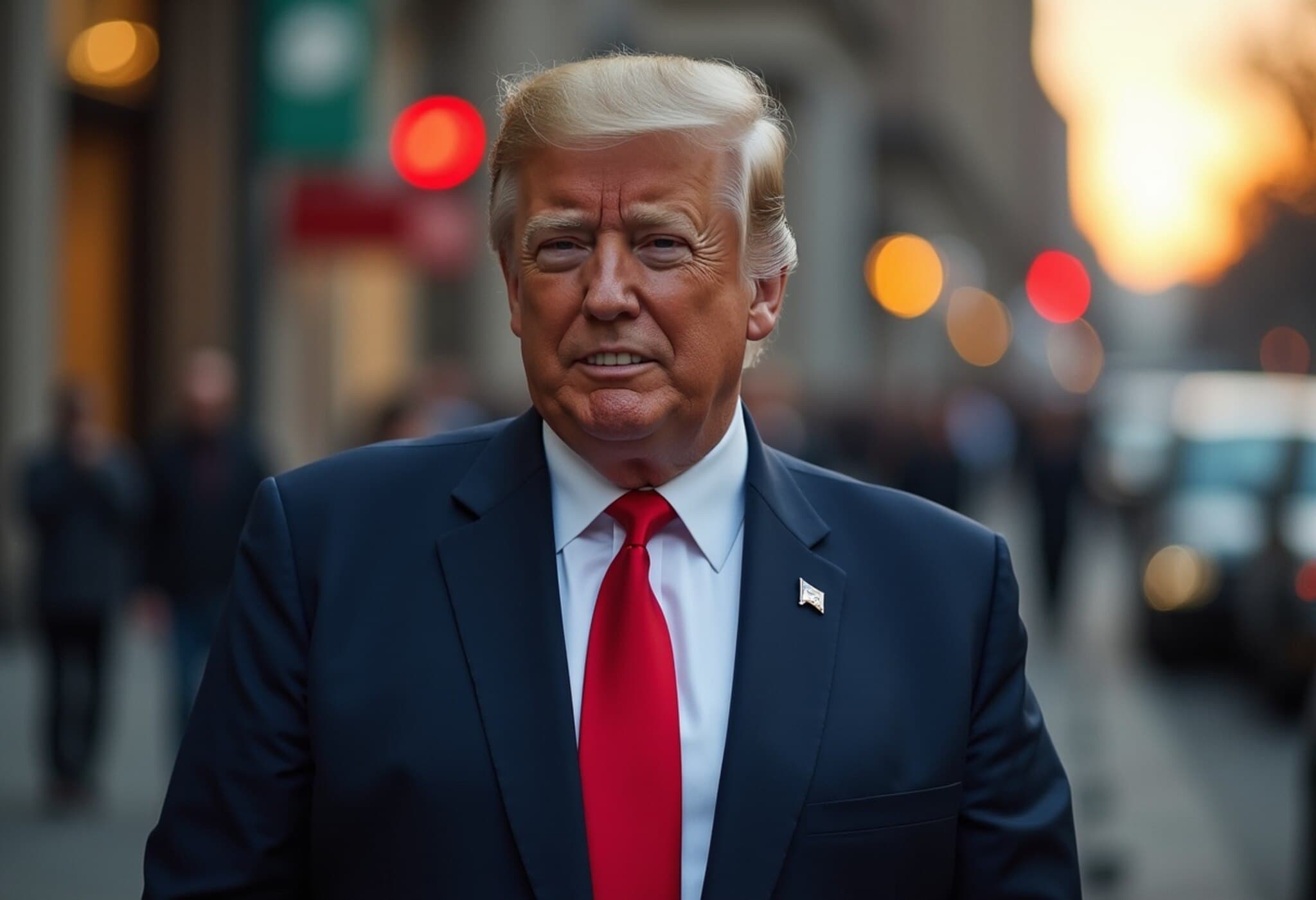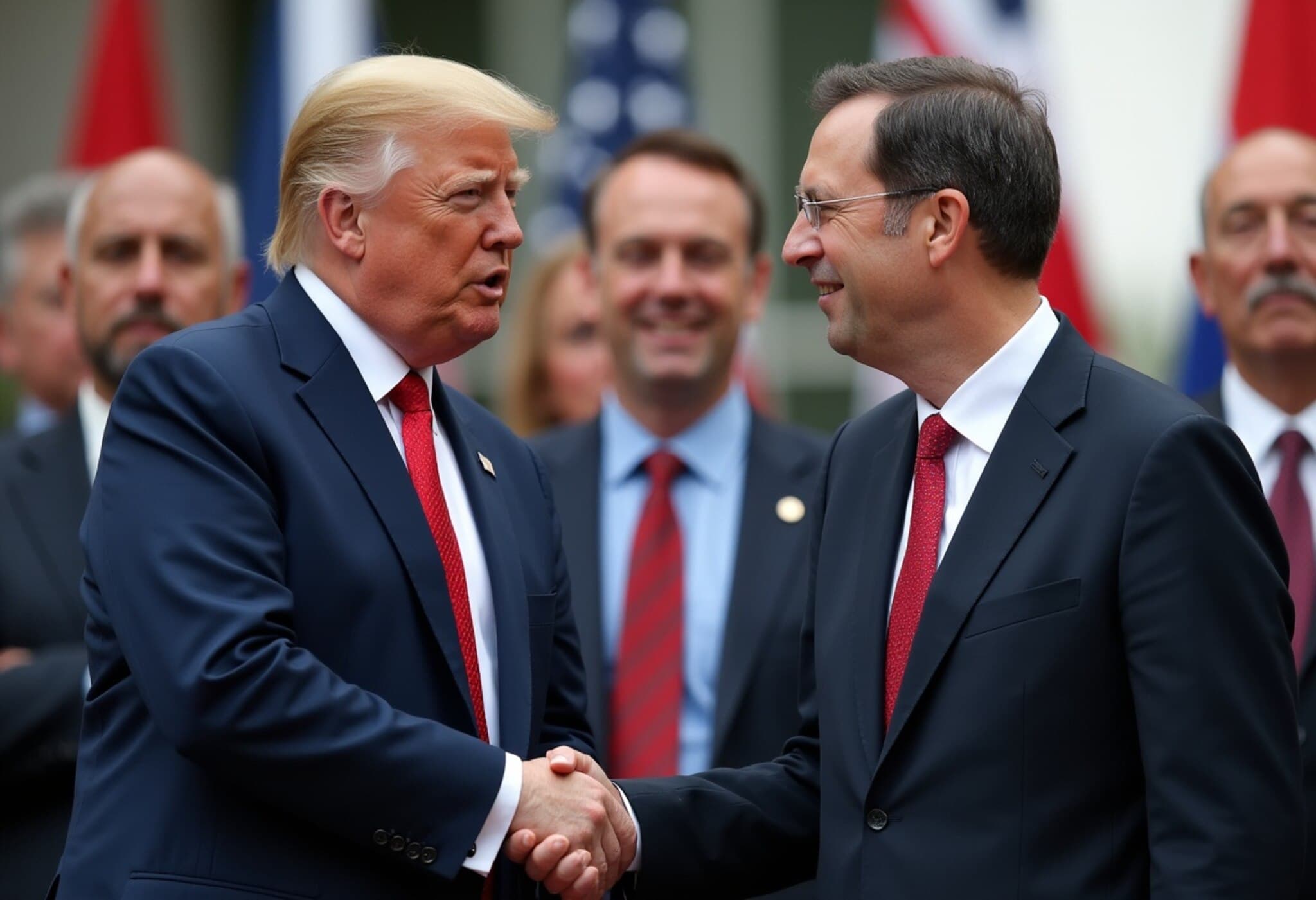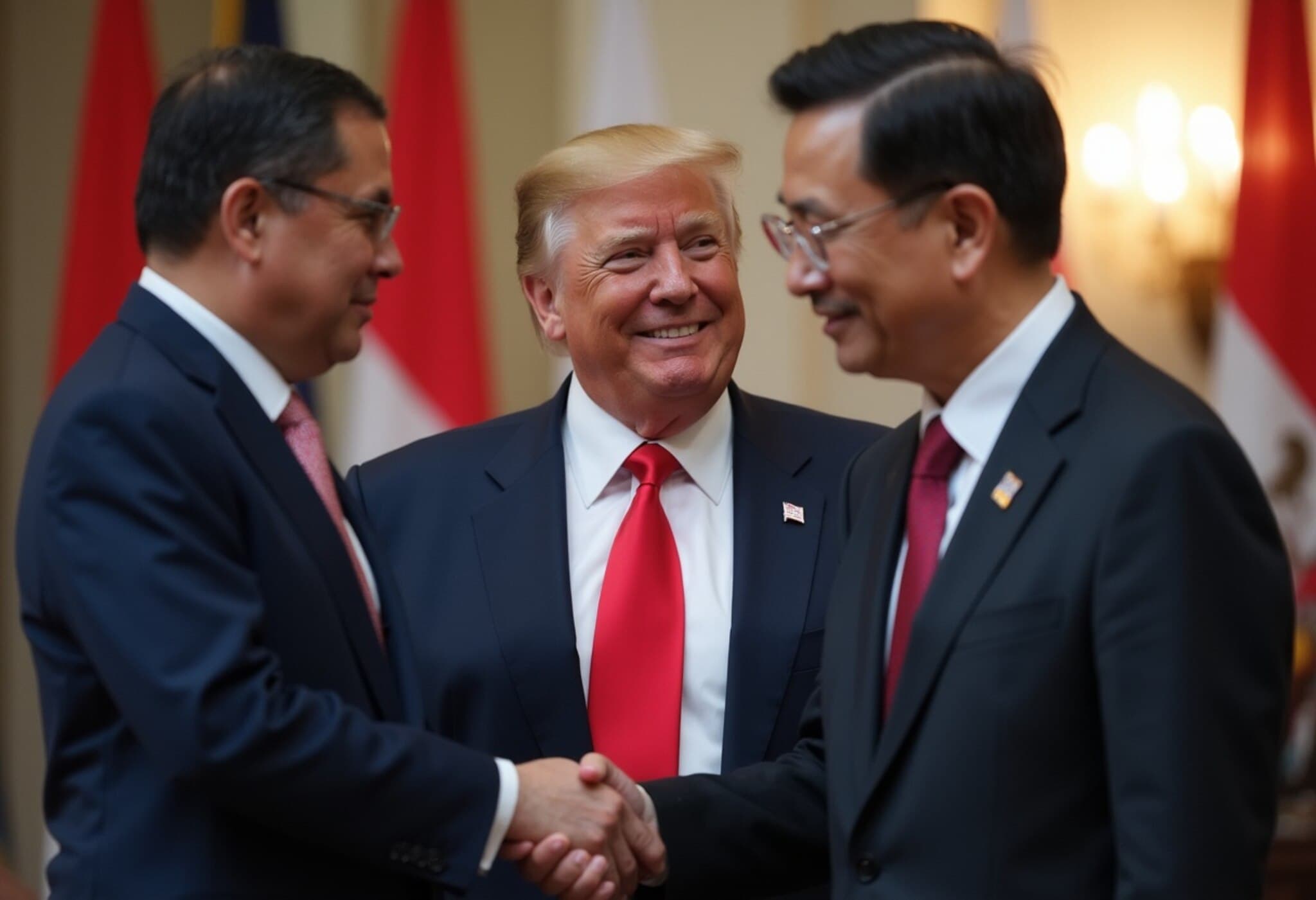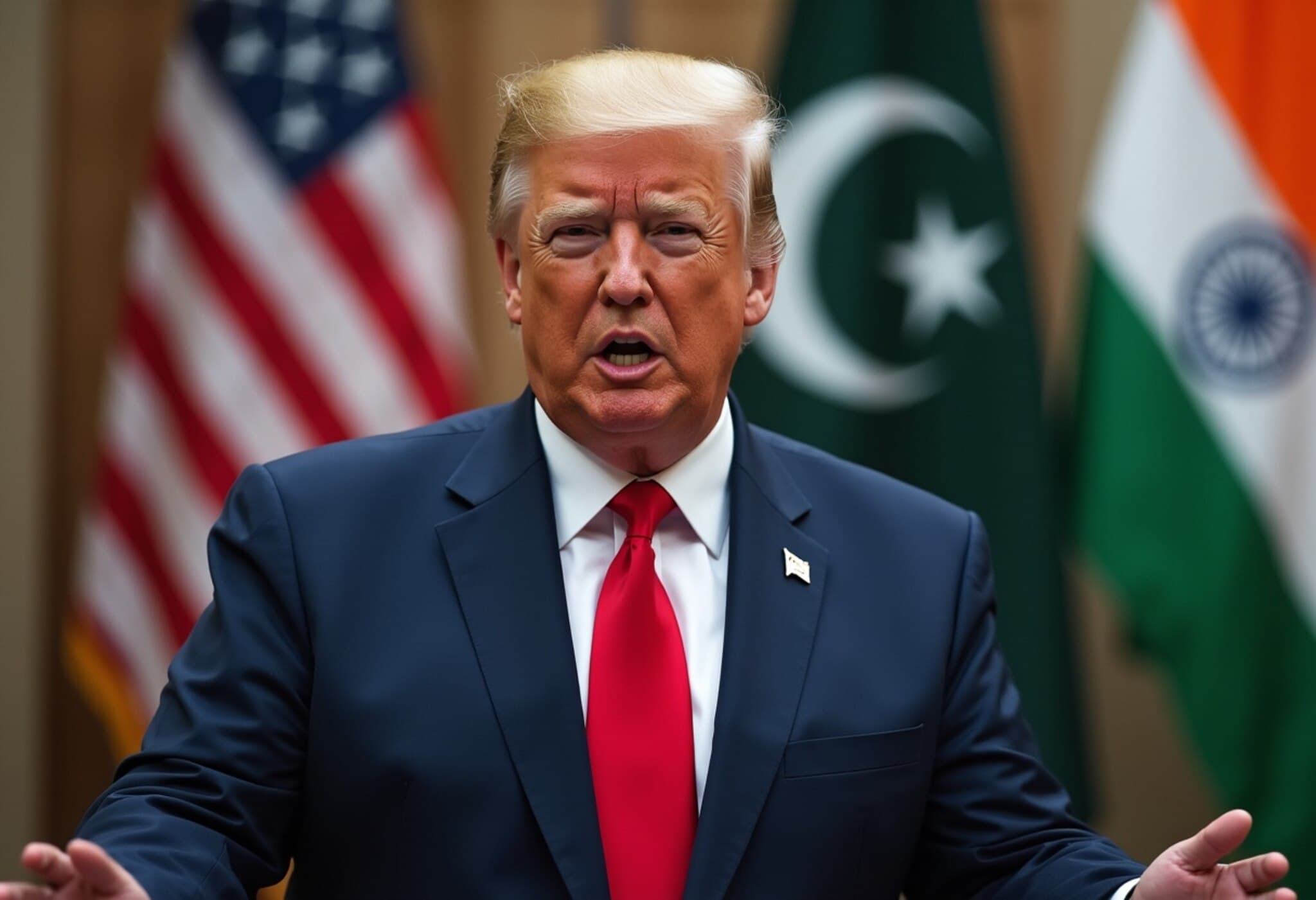US and South Korea Finalize Strategic Trade Agreement
In a significant development shaping US-Asia economic relations, former President Donald Trump announced a "full and complete" trade deal with South Korea on July 30, 2025. The agreement notably reduces tariffs on South Korean imports from a threatened 25% rate down to 15%, signaling efforts to stabilize trade ties with a key ally amid changing global economic dynamics.
Background and Context
This announcement came on the heels of high-level negotiations held at the White House, where South Korean ministers met with US officials to iron out final details. The deal was unveiled just ahead of the self-imposed US August 1 deadline, which was poised to trigger heightened tariffs on imports from several trading partners. By reaching an accord with Seoul, the US sidestepped potentially escalating trade tensions with one of its largest Asian partners.
Key Components of the Agreement
- Tariff Reduction: US tariffs on South Korean automobiles will decrease from 25% to 15%, enhancing US market access for Korean-made vehicles and related goods.
- Investment Commitment: South Korea pledged to invest a substantial $350 billion into the US economy through selected projects proposed by the Trump administration, with $150 billion specifically directed towards shipbuilding collaborations.
- Energy Purchases: The deal includes a commitment for South Korea to buy $100 billion worth of American liquefied natural gas (LNG) and other energy products, strengthening energy trade ties amid global supply uncertainties.
- Market Access and Trade Conditions: South Korea agreed to open its markets further for US cars, trucks, and agricultural products duty-free. However, some sectors, notably rice and beef, remain restricted from US imports.
- Non-Discriminatory Measures: Tariffs on Korean computer chips and pharmaceuticals will not be more restrictive than those imposed on other countries, reflecting fairness principles within the agreement.
Expert Perspective: Economic and Geopolitical Implications
This deal represents more than tariff adjustments—it illustrates the evolving US strategy to balance economic competition with alliance-building in the Indo-Pacific region. By securing these trade terms, the US aims to fortify supply chains, especially in semiconductors and energy sectors, which are critical to national security and technological leadership.
From an economic standpoint, the investment commitments could catalyze US industrial growth, particularly in shipbuilding, a sector vital for defense and logistics. Yet, experts caution that the structure and enforcement mechanisms of the investment fund remain unclear, warranting close monitoring to ensure tangible benefits.
Moreover, this agreement comes amid rising pressures on South Korea to diversify trade partnerships, especially after Japan clinched a similar tariff reduction deal earlier this month. The synchronization of US-South Korea and US-Japan trade policies could signal a broader regional pivot to counterbalance China’s economic influence.
What’s Next?
President Lee Jae Myung of South Korea is scheduled to visit the White House within the coming weeks to discuss implementation strategies and deepen bilateral ties. Meanwhile, business communities on both sides are monitoring how promises translate into concrete trade flows and investments.
As global trade continues to navigate geopolitical uncertainties, this deal underscores the delicate balance between protectionism and partnership. The US’s readiness to modulate tariff policies reflects a nuanced approach that prioritizes both economic competitiveness and strategic alliances.
Editor’s Note
The US-South Korea trade agreement marks a pivotal moment in modern trade diplomacy, reshaping how tariffs, investments, and geopolitical interests intertwine. While the deal reduces friction in bilateral trade, the opacity around the $350 billion investment fund calls for vigilance from policymakers, investors, and analysts alike.
Key questions remain: How will the investment funds be allocated and regulated? Will this model encourage similar negotiations with other trading partners? And how might this agreement influence future US trade policies amid ongoing global economic shifts?
Understanding these dynamics is essential for grasping the full significance of this deal beyond headline figures, as it could herald a new chapter in US trade strategy anchored in partnership and pragmatic concession.

